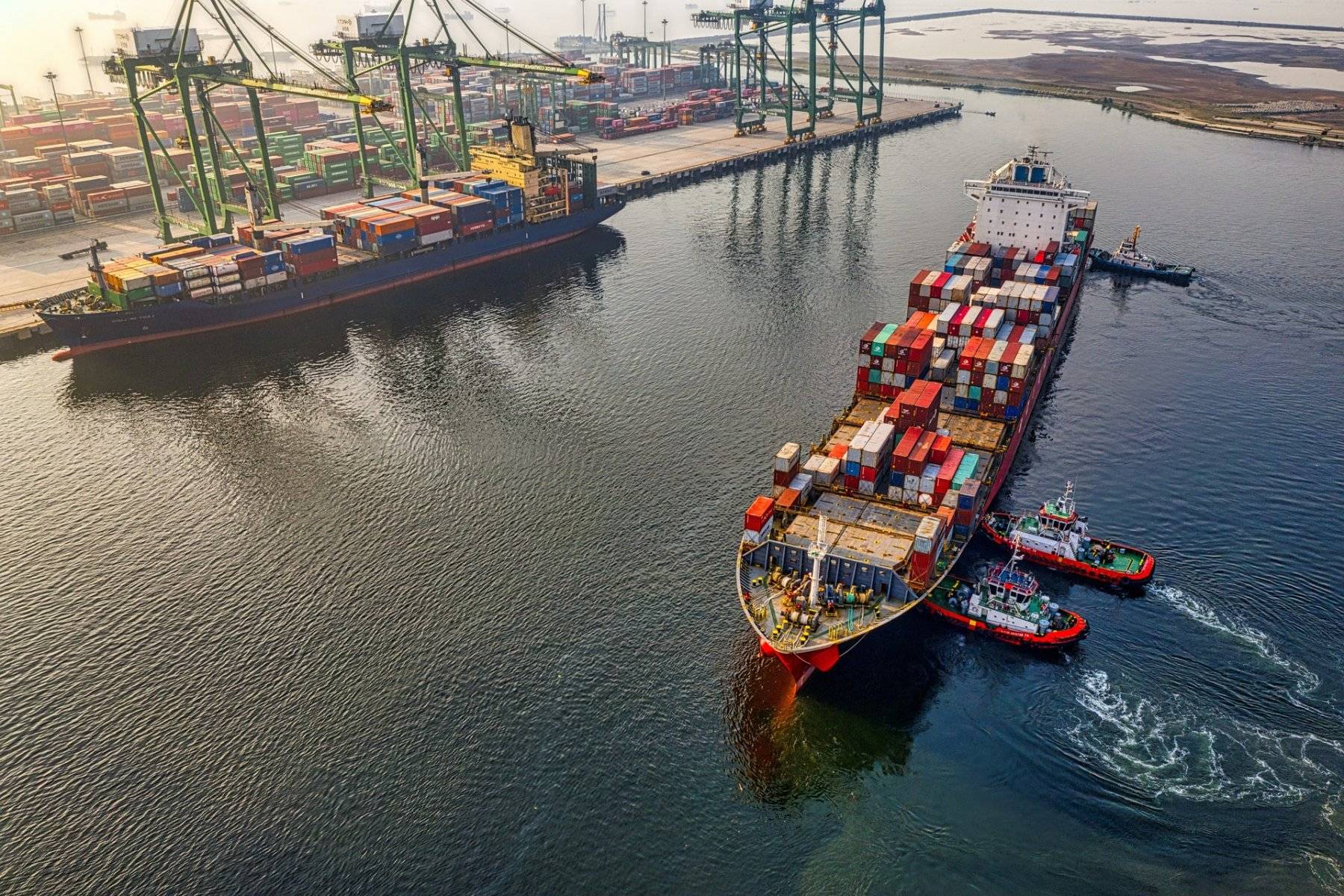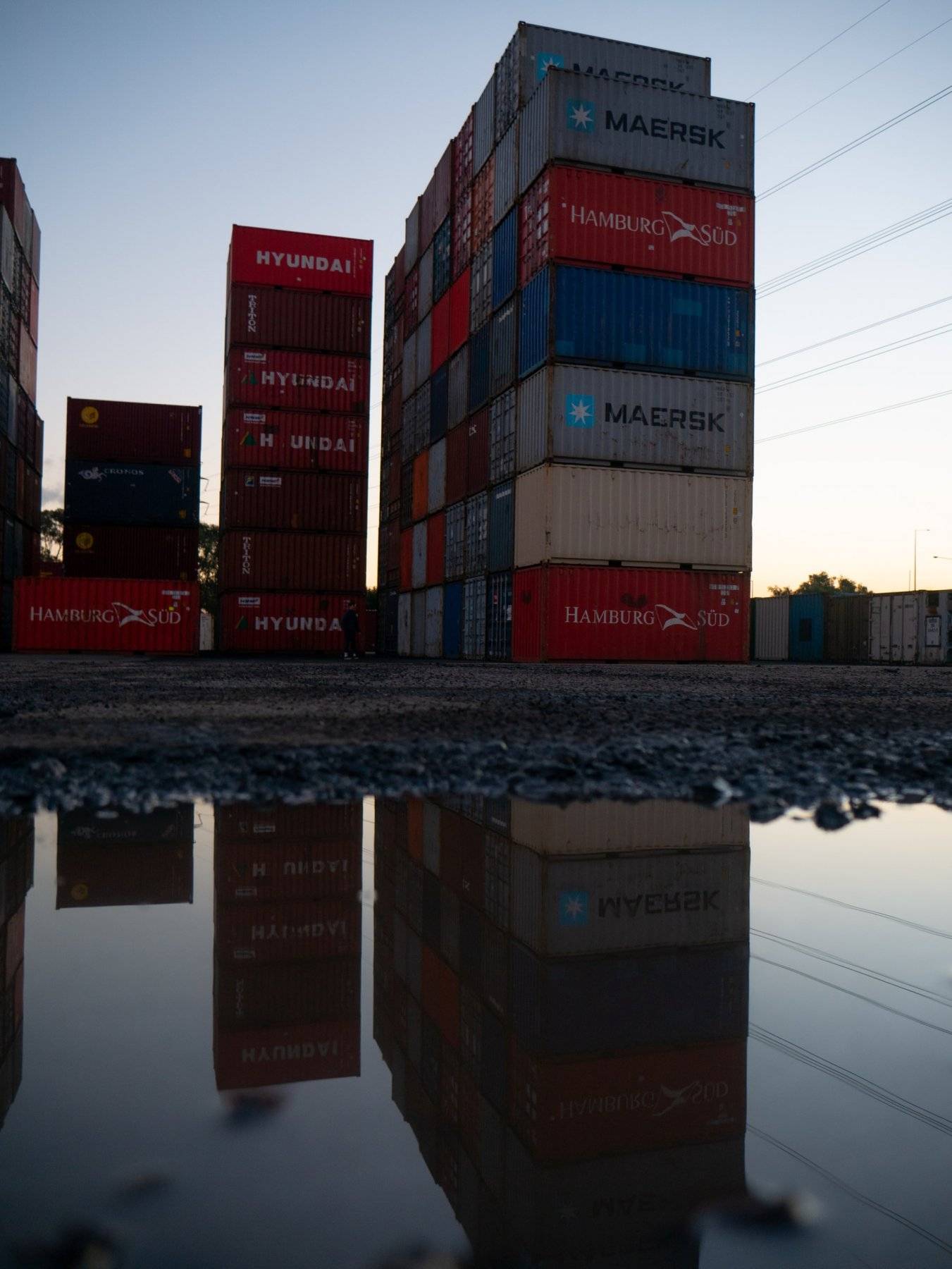Are you wondering how your retail business can implement efficient inventory management from shipping to warehouse? The first question you should ask yourself is whether your company's shipping and warehousing operations are running well or not. This is because those procedures have a huge impact on your inventory management.
Have you ever received your first container orders from international consumers but had no idea how to convey them through marine shipping? Have you had any issues getting warehouse stock ready for shipping? This post will provide you with some suggested solutions.

How does shipping and warehouse control affect inventory management?
Warehouse control and shipping are the two most critical procedures in inventory management and commercial operations, and they are closely linked. Warehouse control can have an impact on shipping, and a shipping plan can determine how warehouse stock is organized. Effective warehouse management may assist organizations in reducing lost items, increasing shipping efficiency, and lowering inventory carrying costs. On the other hand, shipping is one of the most crucial procedures handled by a warehouse. A well-executed shipping strategy also aids organizations in better inventory management and customer satisfaction.
As a result, to implement efficient inventory management, you must first figure out how to effectively govern the warehouse and optimize transportation.
How to implement efficient inventory management through shipping and warehouse processes?

The effective warehouse layout arrangement
The warehouse should be arranged in a reasonable layout to ensure a clear and smooth flow of goods. It is suggested to divide into five separate areas including receiving, storage, picking, packaging and shipping, and finally free area. Each area has its function so there is no chance for interference which can result in inefficient inventory management. The packaging and shipping area should be arranged in such a way that goods enter one end and completed packages leave from the other end. From pick to pack to ship, and then out the door, there should be no gaps. Once a package has the right labels and shipping information, it should be set aside so that it can be picked up at any time and so that the ship station does not become clogged with products.
Deploy an inventory management software or ERP system
Human error is one of the most significant obstacles in the warehouse management process. Workers rush to put things away when things arrive, but as every operations manager knows, products don't always end up in the appropriate places. Besides, all the steps which are done manually also can lead to less productivity and efficiency.
The best strategy to help business owners manage warehouse stock efficiently and mitigate all those problems is to implement a suitable inventory management system or, if possible, an enterprise resource planning system. These solutions will provide you real-time data updates on inventory arrivals and departures, as well as tight control over the stock transfer, stock taking, and inventory adjustment. You also can make well-informed decisions with insight reports from the system.
Working with third-party logistic companies, particularly sea freight

Shipping products is an important chain in the inventory management process. It includes receiving the orders, informing the warehouse to get the items picked, packed, and labeled, finally shipping to customers’ doors. If you are just a small business with small order amounts, you can prepare the order and arrange to ship by yourself. However, if you are a big company with a variety of customers from different countries, it is impossible to manage all the steps by yourself. Most international businesses have to work with third-party logistics, especially for marine shipping orders. Sea freight is typically large in volume and involves a series of complicated steps that take time to complete. Working with a marine logistic company will bring you more efficiency in this case. Besides, almost all third-party logistic companies recently developed an app with integration features that can link directly with popular eCommerce platforms or ERP systems so you can have the data from shipping to warehouse updated in the same system. They are the best option if you have limited inventory space or want to focus your attention on areas of your business other than order fulfillment.
By outsourcing your storage, picking, packaging, and shipping need to a third-party company, you'll have more time to focus on things like customer acquisition, marketing, and maintaining current customer connections, among other things. Working with a third-party provider can also help you save money on shipping. While your company may only send out a few hundred parcels per month, your third-party logistics provider is likely sending out hundreds of thousands. This allows them to form deeper ties with carriers and negotiate better shipping costs than you could on your own.
Conclusion
In general, warehouse and shipping operations are interconnected and have a significant impact on overall inventory management. You can eventually reach the goal of implementing efficient inventory management by tackling all the challenges in warehouse and shipping with all the provided solutions. However, because each business has its budget and needs, you must weigh the costs before implementing all of these strategies or striking your path.

